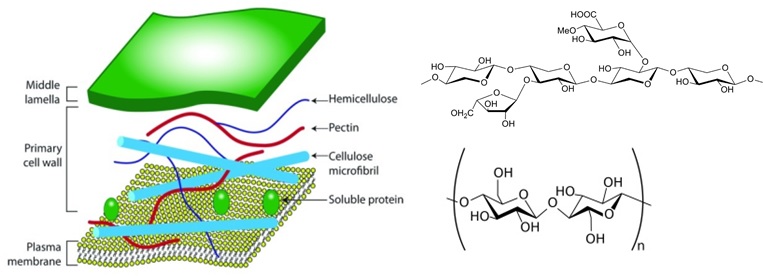
Andrés Moreno
University of Castilla-La Mancha (UCLM), Spain
Title: Biofuel precursors from food wastes using microwaves radiation
Biography
Biography: Andrés Moreno
Abstract
Biomass technologies. Microwave radiation, a green and environmental friendly energy, for getting biofuel precursors from agricultural wastes. Biomass waste is becoming increasingly recognised as a good feedstock and carbon source with different components and applications. Plant cell wall is mainly composed by cellulose, hemi-cellulose and lignin. One example of this type of feedstock is the agro-food waste from the external part of melon rind, which is considered in this work as a potential bio-resource with several applications. Indeed, this material is fairly rich in carbohydrates, phenolic compounds and fatty acids. The carbohydrate fraction of melon rind is mainly composed of cellulose, hemicelluloses and pectin, with glucose, xylose and galactose being the major monosaccharides present. Typically, 5-hydroxy-methylfurfural (5-HMF) is obtained by the dehydration of monosaccharides (hexoses such as glucose or fructose) at high temperature using an acid catalyst in aqueous solution, leading to levulinic acid (LA) and formic acid (FA) as by-products. In the work described here, this process is studied, comparing microwave and conventional heating, as well as the use of sulfuric acid (H2SO4) and the Montmorillonite KSF clay as catalyst. Some improvements were observed when the reactions were carried out using a biphasic system (water:THF) which provides a more effective product extraction than the monophasic systems. The highest 5-HMF and LA recoveries where obtained with the combination of the biphasic systems and microwave radiation using MKSF as catalyst. This approach highlights the opportunities of melon rind carbohydrate fraction to be transformed in a source of biofuel precursors, in a clean and efficient manner, using environmental-friendly techniques. Hence, the aim of this work is the study of the hydrolysis and dehydration of microcrystalline cellulose by microwave radiation using homogeneous and heterogeneous catalysts and different reaction systems. The optimal conditions obtained have been applied for the obtaining of HMF and LA, both of them well-known biofuel precursors, from some waste such as beer bagasse and melon rind. For conclusion, this work has been able to obtain biofuel precursors from waste using a green and environmentally friendly energy such as microwave radiation. In addition, it have been developed different methods to obtain one precursor or another, using different pre-treatment and changing experimental conditions.

Figure : Components of the cell wall
Recent Publications:
- C. Lucas-Torres, A. Lorente, B. Cabañas, A. Moreno. J. Clean. Prod., 2016, 168, 59-69
- Qi Fang, Milford A.Hanna, Bioresourc. Technol., 2002, 81, 187-192.
- K. Kyeong, P. Don-Hee, J. Gwi-Taek, Bioresoruc. Technol., 2013, 132, 160-165
- S.X Chin, C.H. Chia, S. Zakaria, Z. Fang, S. Ahmad. J. Taiwan Inst Chem Eng. 2015, 52, 85-92
- P. Niemi, C.vB. Foulds, J. Sibakov, U. Holopainen, K. Poutaneu, J. Buchert. Bioresourc. Technol., 2012, 116, 155-160
- S. I. Mussatto, M. Fermandes, A. M. F. Milagres, I. C. Roberto. Enzyme Microb. Technol., 2008, 43, 124-129
